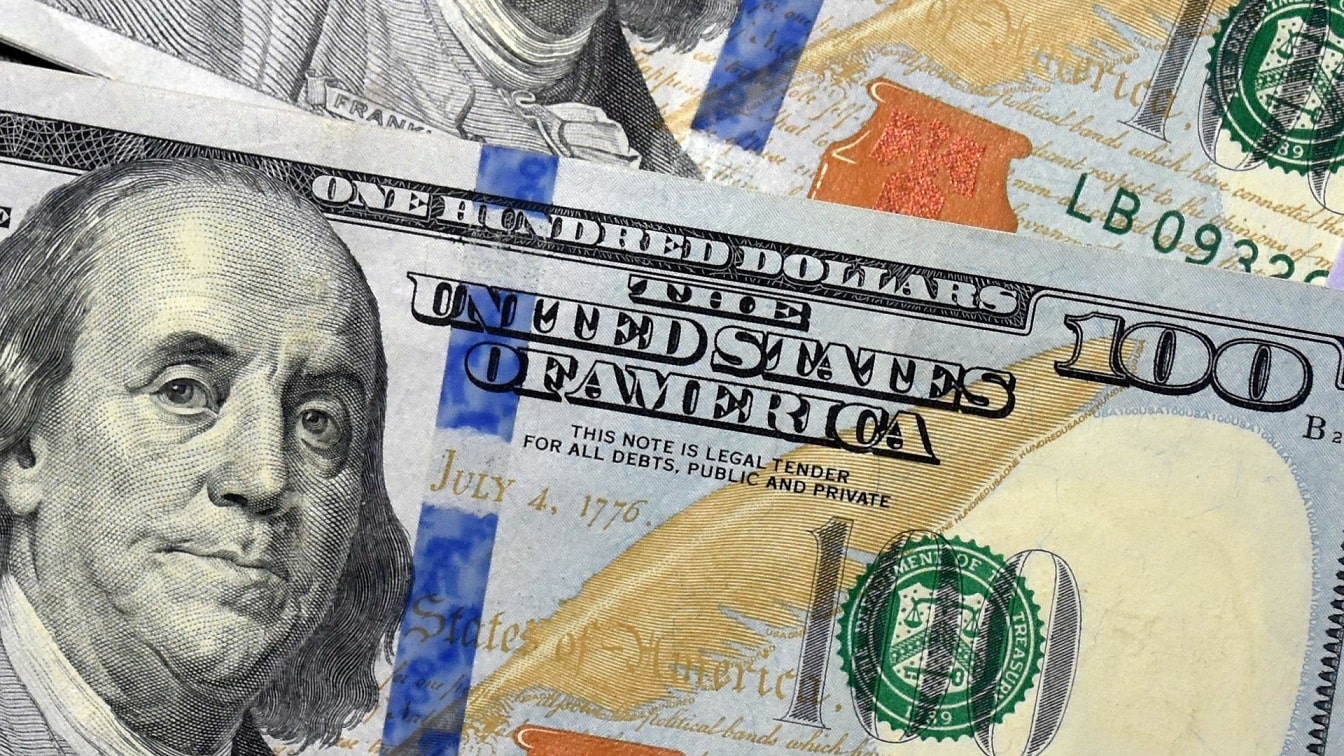Interest Rates are Going Up. What Happens to the US Economy’s Various ‘Bubbles’? After having spent much of last year assuring us that inflation was but a transitory phenomenon that had little to do with the Federal Reserve’s ultra-easy monetary policy, Fed Chair Jerome Powell now seems to have had an abrupt change of heart. One must welcome his belated recognition that the country indeed has an inflation problem. However, one must wonder whether the Powell Fed is doing too little too late to avoid the country from having a hard economic landing later this year.
It would be a gross understatement to say that last year’s inflation surge to a forty-year high caught the Fed totally flatfooted. While at the start of the year the Fed forecast that inflation would be contained to 1.8 percent, by yearend inflation was running at almost three times that rate even as measured by the Fed’s favorite inflation indicator. Meanwhile, consumer price inflation accelerated to more than 7 percent or to a level last seen during the Reagan presidency.
Throughout last year, failing to grasp the inflationary danger of pursuing the easiest of monetary policies at a time when the country was receiving its largest peacetime budget stimulus on record, the Fed kept its monetary policy pedal to the metal.
Not only did it keep interest rates at their zero bound at a time of rising inflation and a strongly recovering economy. It also kept buying $120 billion a month in US Treasury bonds and mortgage-backed securities at a time when the US equity and housing markets were on fire. As a result, we now have a situation where equity valuations are at nosebleed levels seen only once before over the past one hundred years and where housing prices are higher than they were in 2006 even in inflation-adjusted terms.
To his credit, Mr. Powell now seems to be owning up to the Fed’s past policy mistakes and to recognizing that the Fed is behind the inflation curve. In yesterday’s press conference after the Federal Open Market Committee meeting, Mr. Powell conceded that inflation was well above the Fed’s inflation target, wage pressure was strong, and the labor market was sufficiently robust to withstand multiple interest rate hikes. On that basis, he indicated that the Fed would stop its bond-buying program in March, at which time he intimated that it would probably start its interest rate hiking cycle.
When all is said and done, however, the Fed will still be keeping interest rates well below the inflation rate for some considerable time to come. This has to raise questions as to whether the Fed will come anywhere close to meeting its 2 percent inflation target this year even if we get some inflation relief from an easing of the acute supply chain problems now afflicting the economy.
A bigger question that hangs over the economy is whether the Fed can normalize its monetary policy without bursting the asset and credit market bubbles that years of ultra-easy monetary policy has created. This is especially the case considering that those bubbles have been premised on interest rates remaining at today’s ultra-low rates forever.
If there is one reason for optimism, it is Mr. Powell’s newfound emphasis on the need for humility and nimbleness in the Fed’s policy response to a very uncertain economic outlook. If ever the Fed needed those qualities it has to be today in the wake of it has allowed the inflation genie out of the bottle and having created asset and credit market bubbles to form. It is to be regretted that the Fed did not display those qualities last year when it might still have been possible for it to engineer a soft economic landing.
Dr. Desmond Lachman joined AEI after serving as a managing director and chief emerging market economic strategist at Salomon Smith Barney. He previously served as deputy director in the International Monetary Fund’s (IMF) Policy Development and Review Department and was active in staff formulation of IMF policies. Mr. Lachman has written extensively on the global economic crisis, the U.S. housing market bust, the U.S. dollar, and the strains in the euro area. At AEI, Mr. Lachman is focused on the global macroeconomy, global currency issues, and the multilateral lending agencies.

